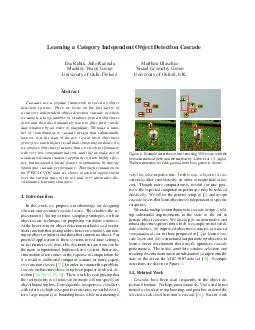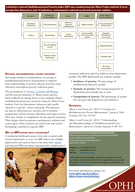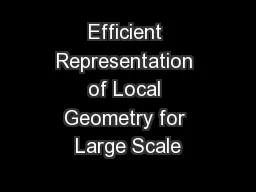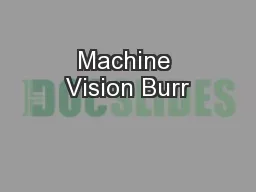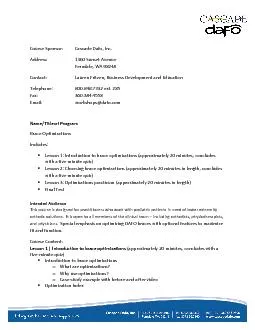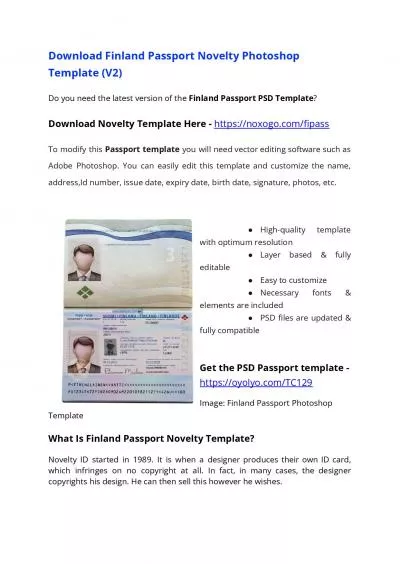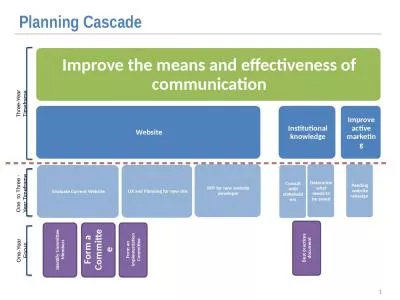PDF-Learning a CategoryIndependent Object Detection Cascade Esa Rahtu Juho Kannala Machine
Author : briana-ranney | Published Date : 2014-12-12
Here we focus on the 64257rst layers of a category independent object detection cascade in which we sample a large number of windows from an objectness prior and
Presentation Embed Code
Download Presentation
Download Presentation The PPT/PDF document "Learning a CategoryIndependent Object De..." is the property of its rightful owner. Permission is granted to download and print the materials on this website for personal, non-commercial use only, and to display it on your personal computer provided you do not modify the materials and that you retain all copyright notices contained in the materials. By downloading content from our website, you accept the terms of this agreement.
Learning a CategoryIndependent Object Detection Cascade Esa Rahtu Juho Kannala Machine: Transcript
Download Rules Of Document
"Learning a CategoryIndependent Object Detection Cascade Esa Rahtu Juho Kannala Machine"The content belongs to its owner. You may download and print it for personal use, without modification, and keep all copyright notices. By downloading, you agree to these terms.
Related Documents

